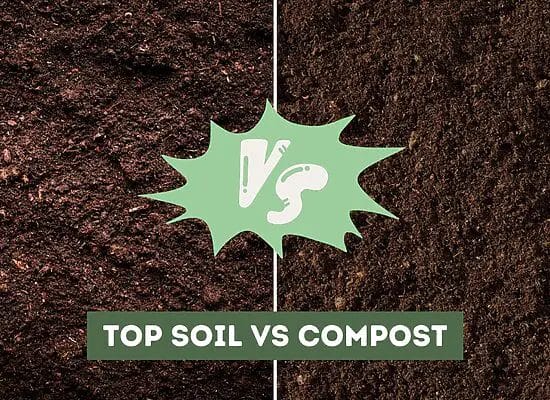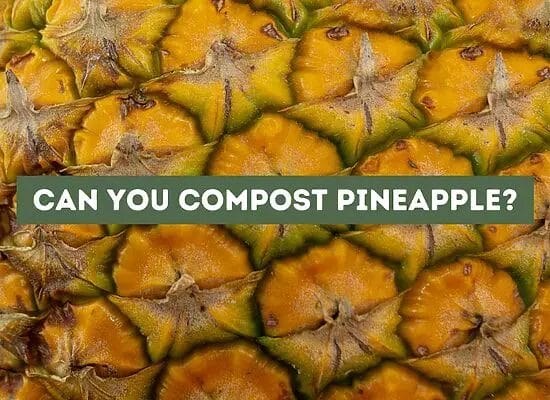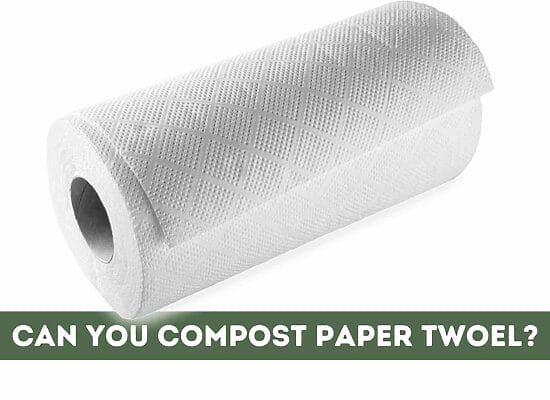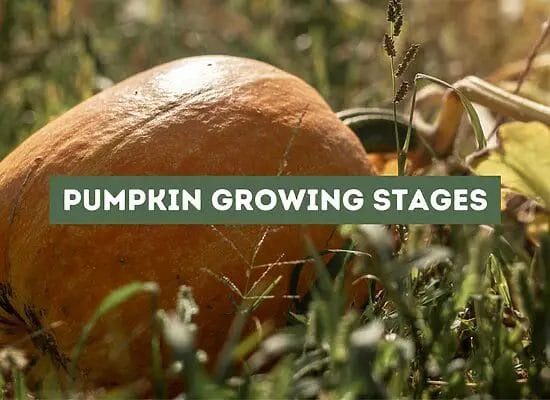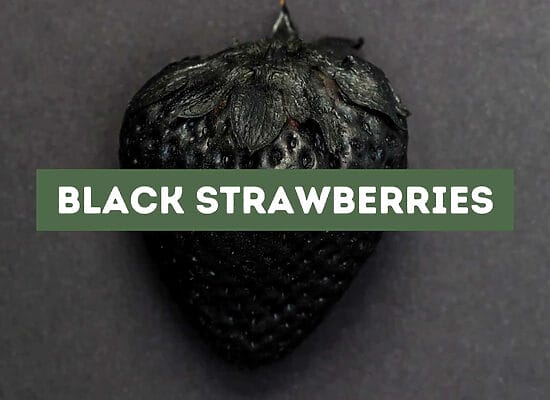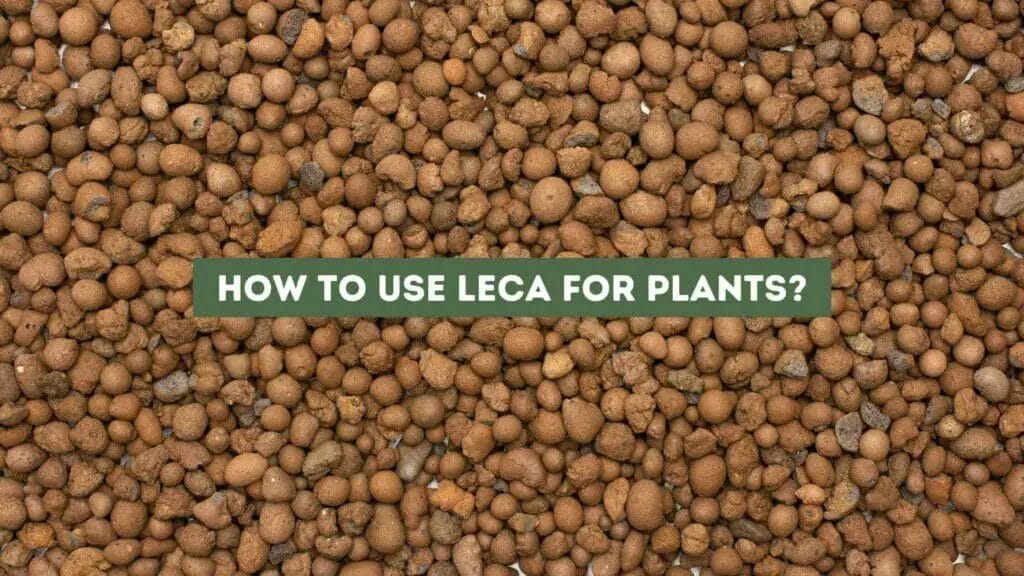
Lightweight Expanded Clay Aggregate (LECA) is becoming increasingly popular among plant enthusiasts for its unique properties and benefits. This growing medium is made from expanded clay, which provides excellent aeration and drainage for plant roots, promoting healthy root systems and overall plant growth.
LECA is suitable for a wide range of plants, from houseplants to hydroponic gardens, and has gained recognition for its reusability and ease of use. In this article, we’ll explore how to use LECA for plants, providing step-by-step guidance on preparing and implementing this versatile growing medium in your home or garden.
By following these simple steps, you’ll soon reap the benefits of LECA, including reduced risk of over-watering, improved root growth, and the potential for fewer pests and diseases. So, let’s dive into the world of LECA to enhance your plant parenting experience.
Key takeaways:
- LECA is a lightweight, porous, round-baked clay medium used in hydroponic and semi-hydroponic systems.
- It supports proper aeration, drainage, and moisture distribution for plant roots.
- LECA is durable, easy to clean, and reusable, making it an environmentally friendly choice for plant growers.
- Benefits of using LECA include improved oxygenation, easier watering, reduced risk of pests, and consistent moisture and oxygen levels.
- Epiphytic plants, Aroids, and succulents thrive in LECA.
- To prepare LECA for planting, clean and soak the clay balls, sterilize them, and choose the right container for your plant.
- Watering and fertilizing plants in LECA requires using hydroponic fertilizer and monitoring water levels.
- Maintain and repot LECA-grown plants by providing necessary nutrients, fertilizing monthly, and ensuring a proper pH balance.
- Common issues with LECA include insufficient nutrients, overwatering, adaptation problems, and pests and diseases.
What Is Leca?
LECA, or Lightweight Expanded Clay Aggregate, is a growing medium made up of small, porous, round balls of baked clay. It is widely used in both hydroponic and semi-hydroponic systems as an alternative to traditional soil, providing a consistent source of moisture to plants while also ensuring proper aeration and drainage.
This unique medium has gained popularity among both beginner and experienced plant growers because of its many benefits, such as improved plant health and reduced risk of pests and diseases.
LECA is produced by heating natural clay at high temperatures, which causes it to expand and become lightweight, creating the signature round, porous balls. They are available in various sizes, ranging from a few millimeters to several centimeters in diameter, depending on the application and the plant’s root system requirements.
One of the primary advantages of using LECA is its ability to effectively soak up water and release it slowly over time, providing a consistent water supply to the roots, thus preventing overwatering and root rot.
Furthermore, LECA’s porous structure ensures proper aeration, allowing plant roots to access plenty of oxygen while also promoting healthy root growth. Apart from offering an optimal environment for plant growth, LECA is also easy to clean and re-use, making it an environmentally friendly choice for plant enthusiasts.
Benefits of Using Leca for Plants
One of the main benefits of using Leca for plants is that it allows plenty of airflow and oxygen to reach the plant’s roots. This encourages the growth of healthy roots and reduces the risk of fungal and bacterial growth.
Another advantage of Leca is that it makes watering easier due to the clay pebbles’ wicking process, which slowly distributes water to the plant’s roots. This helps to prevent overwatering, a common issue with indoor plants.
Leca has also been found to reduce the risk of pests, making plant care much more manageable. Furthermore, it requires less week-to-week maintenance, as Leca acts as a reusable growing medium.
When using Leca, there is little to no waste of nutrients from fertilizers, as they act as capillaries, absorbing the nutrients and making them readily available to the plant roots.
Finally, Leca offers more consistent moisture and oxygen levels for plants, as the baked clay balls are able to absorb water directly to the roots without suffocating them. This promotes a healthier environment for plant growth overall.
Selecting the Right Plants for Leca
When considering the transition to using Leca for your plants, it is important to choose the right plants that will benefit from this growing medium. Not all plants are suitable for Leca; some might struggle to adapt to the change or might not have the right root structure to thrive in this system.
Epiphytic plants, like orchids, Bromeliads, and air plants, are great candidates for Leca, as they naturally grow on tree branches or rocks and require good air circulation around their roots. Leca’s excellent aeration and drainage properties cater well to their needs, providing an appropriate environment for these types of plants to flourish.
Aroids, such as Philodendrons, Monsteras, and Pothos, and succulents like Jade plants and Haworthias, also thrive in Leca due to their tolerance for varying moisture levels and their ability to develop strong root systems. These plants can easily adapt to the Leca medium and benefit from its moisture-retaining and well-draining properties.
When selecting plants for Leca, avoid those that are sensitive to changes in their growing environment or have delicate root systems. It is crucial to thoroughly research the plant species and consult the requirements for their growth in Leca before making the switch.
Remember, it might take some trial and error to find the best plants suited to grow in Leca, but with patience and observation, your plant collection can thrive in this alternative growing medium.
How to Prepare Leca for Planting
Before using Leca, it is essential to prepare it properly to ensure optimal plant growth. This involves rinsing and soaking the Leca to remove any debris or dust and to prevent any excess mineral buildup from affecting the plant’s health.
In this topic, we will discuss in detail the steps involved in preparing Leca for planting and some tips to help you get the most out of this substrate.
Cleaning and Soaking
The first step to prepare Leca for planting is to clean the clay balls thoroughly. Fill a bucket with water and Leca, and wash the balls by swirling them around until all dust and debris are removed. You can use a colander or mesh sieve to help rinse the Leca more efficiently. Once cleaned, transfer the Leca to a second bucket.
Next, you should soak the Leca for at least 24 hours. This process ensures that the clay balls are fully saturated with water, which helps provide adequate moisture for your plants’ roots.
Sterilization
After cleaning and soaking, it’s essential to sterilize the Leca before planting. Sterilization is crucial, especially when using Leca for the first time, as it removes any potential pathogens that may harm your plants.
To sterilize, fill a pot with Leca and water, ensuring the water level is at the same height as the Leca. Bring the water to a boil and let the Leca boil for at least 10 minutes.
After boiling, drain the Leca and let it cool before planting. You can use a colander or mesh sieve to help drain and cool the Leca more efficiently. Once the Leca has cooled, it’s ready for use with your plants.
Potting Plants in Leca
Here we’ll discuss the importance of choosing the right container, layering Leca, and plant placement when potting plants in Leca. By understanding this, you can ensure that your plants thrive in their new growing medium and receive the best possible care.
Choosing the Right Container
When potting plants in Leca, selecting the appropriate container is essential. To ensure proper water distribution and oxygen supply, choose a container with drainage holes at the bottom. It’s also helpful to pick a container that is transparent so you can monitor the root development and water levels easily.
Layering Leca
To begin, wash the Leca thoroughly to remove any dust and fine particles. Fill the chosen container with a layer of pre-soaked Leca, ensuring one-third to half of the container is filled. This layer will serve as a reservoir for water and create a buffer to prevent the plant from sitting in water.
Plant Placement
After preparing the Leca base, carefully remove the plant from its original pot and gently clean the roots of any soil residue. This step ensures the plant can transition smoothly to the Leca environment. Create a hole in the Leca layer, place the plant inside, and spread its roots. Then, carefully pour additional Leca around the roots until the container is almost full. Top off with water until it reaches a few centimeters below the Leca layer. Routinely monitor water levels and adjust as necessary to maintain proper moisture and avoid root rot.
Watering and Fertilizing Plants in Leca
Watering plants in Leca requires a different approach compared to traditional soil-based planting methods. To water your plant, add hydroponics fertilizer to the water and pour a layer of water into the pot.
When using Leca, it’s crucial not to overwater your plants. The clay balls absorb and release moisture, so it’s important to monitor the water levels in your container regularly. As a general rule, maintain the water level just below the bottom of the Leca layer. This will help to prevent root rot and ensure your plants receive adequate hydration.
Fertilizing plants grown in Leca requires a different approach as well. Use hydroponic fertilizer, diluting it to 1/4 – 1/2 of the recommended amount for traditional soil-based planting. Add the diluted fertilizer solution to the water used for watering your Leca plants.
Some growers prefer to add nutrient water to their Leca plants monthly while topping up with regular water in between fertilizing periods. This approach may vary depending on your plant’s specific needs, so it’s important to observe your plant’s growth and adjust your watering and fertilizing schedule as needed.
Maintaining and Repotting Leca-Grown Plants
Maintaining your plants grown in Leca is relatively simple compared to traditional soil-based plants. To keep your plants healthy, ensure they receive adequate moisture and have access to essential nutrients. Fertilizing your Leca-grown plants once per month during the spring and summer months is ideal.
When it comes to repotting, you will first need to create a base layer of Leca inside the new pot to prevent the plant from sitting in water. Next, carefully remove the plant from its current pot, doing your best to retain the Leca clinging to the roots.
Before placing the plant in the new pot, ensure that you have the following materials:
- Water
- pH tester for water
- pH balancer
- Hydroponics fertilizer
- Clean Leca pebbles
- Net pot
- Non-porous outer pot (ceramic, plastic, or glass)
It’s crucial to ensure the roots are clean of all soil before placing the plant in the new pot. Once you have placed the plant in the new pot, fill the remaining space with Leca to provide adequate support for the roots.
Remember that Leca does not provide nutrients on its own, so be mindful of providing the necessary nutrients through fertilizers and maintaining an appropriate pH balance for your plant. Monitor your plant’s health regularly and repot as required to promote optimal growth.
Common Issues and Solutions
While using LECA for plants has its benefits, there can be some issues that may arise. In this section, we will discuss the common problems and offer solutions to them.
Issue 1: Insufficient Nutrients
When growing plants in LECA, it is essential to provide them with the necessary nutrients. The absence of soil means that plants do not have access to the natural minerals and nutrients they require for growth. To ensure that your plants get the necessary nutrients, use a proper hydroponic nutrient solution.
Issue 2: Overwatering
Overwatering is a common issue when using LECA. Since LECA retains moisture, it’s crucial not to water your plants too frequently, as it can lead to root rot. To avoid overwatering, observe the water content in the LECA before watering and maintain a consistent watering schedule. A proper LECA watering system will help minimize this problem.
Issue 3: Adaptation to LECA
Some plants may not initially adapt well to the LECA environment. To increase the success rate when transferring plants to LECA, start with a healthy plant and gradually introduce it to the new medium. If the plant shows signs of stress, it is recommended to revert to soil or try a different plant.
Issue 4: Pests and Diseases
While using LECA can reduce the risk of pests, it’s essential to monitor your plants for any signs of infestation. Regularly inspect your plants for pests and diseases, and if necessary, treat them with appropriate measures. Keep a close eye on your plants while they grow in LECA.
Conclusion
And there you have it, fellow plant enthusiasts! A comprehensive guide to entering the marvelous world of LECA. With its unique properties and countless benefits, it’s no wonder that this innovative growing medium is gaining popularity among plant lovers of all experience levels.
Embrace your inner green thumb, experiment with LECA, and watch your plants flourish in a healthier, more sustainable environment. As you navigate through the world of LECA, remember to be patient, observant, and always open to learning. The journey to becoming a LECA-savvy plant parent is an exciting adventure, and we’re thrilled to have you on board.
So, gather your plants, grab some LECA, and let the magic unfold. Your plants will thank you, and you’ll find yourself reveling in the joy of nurturing thriving, happy plants. Happy growing!


